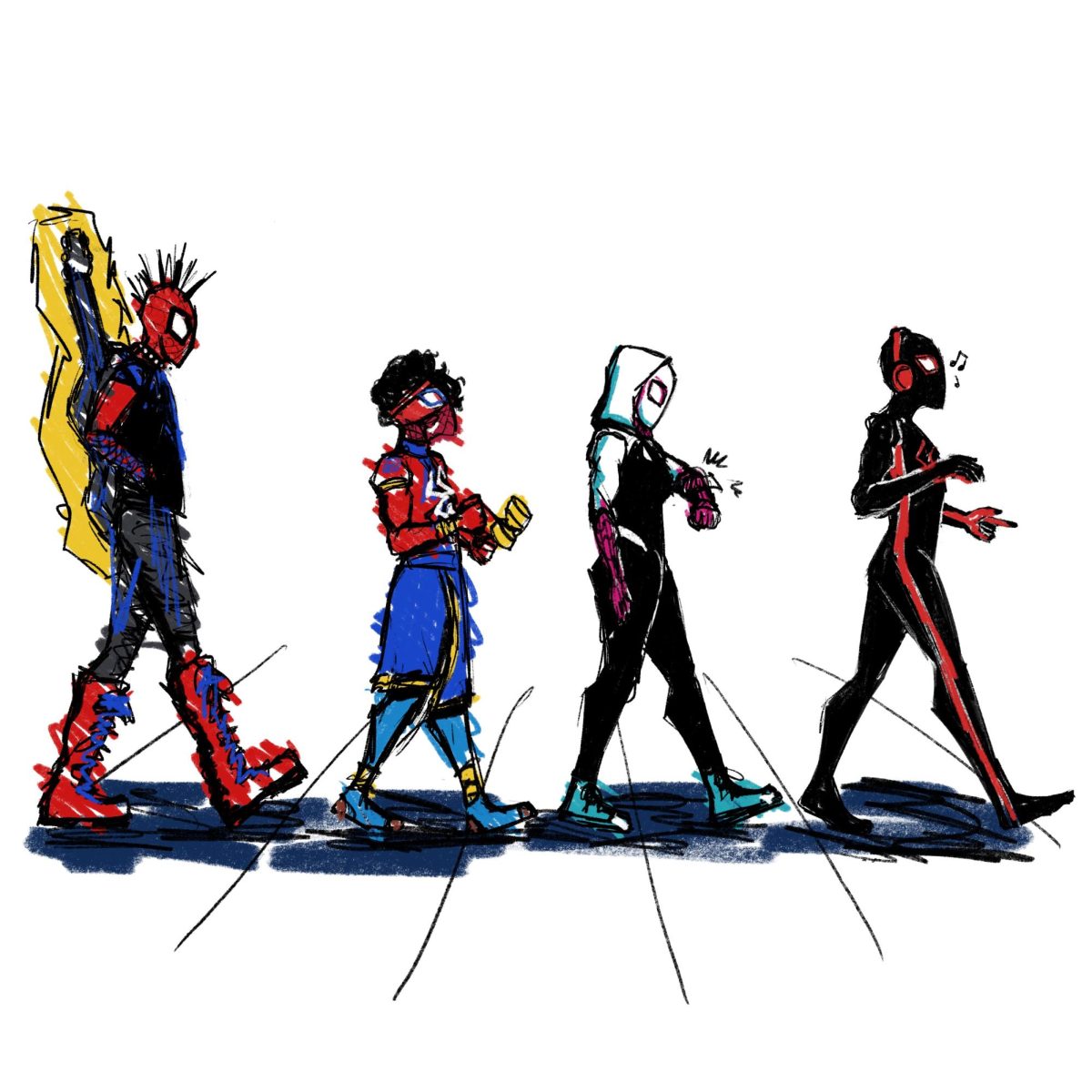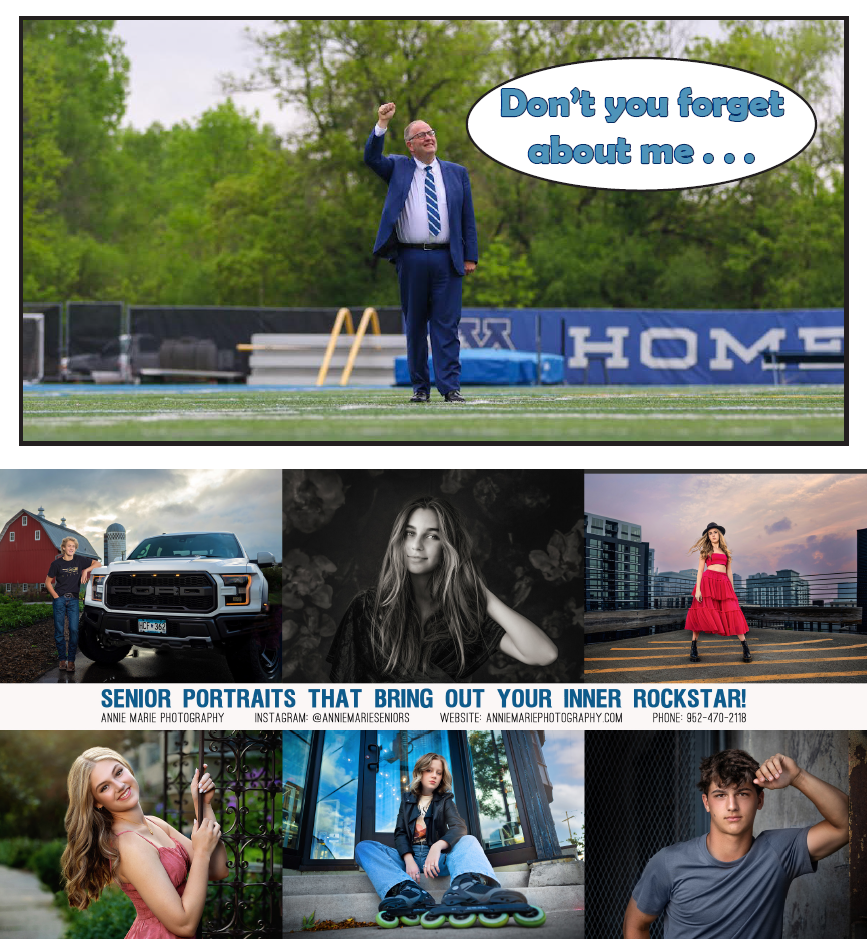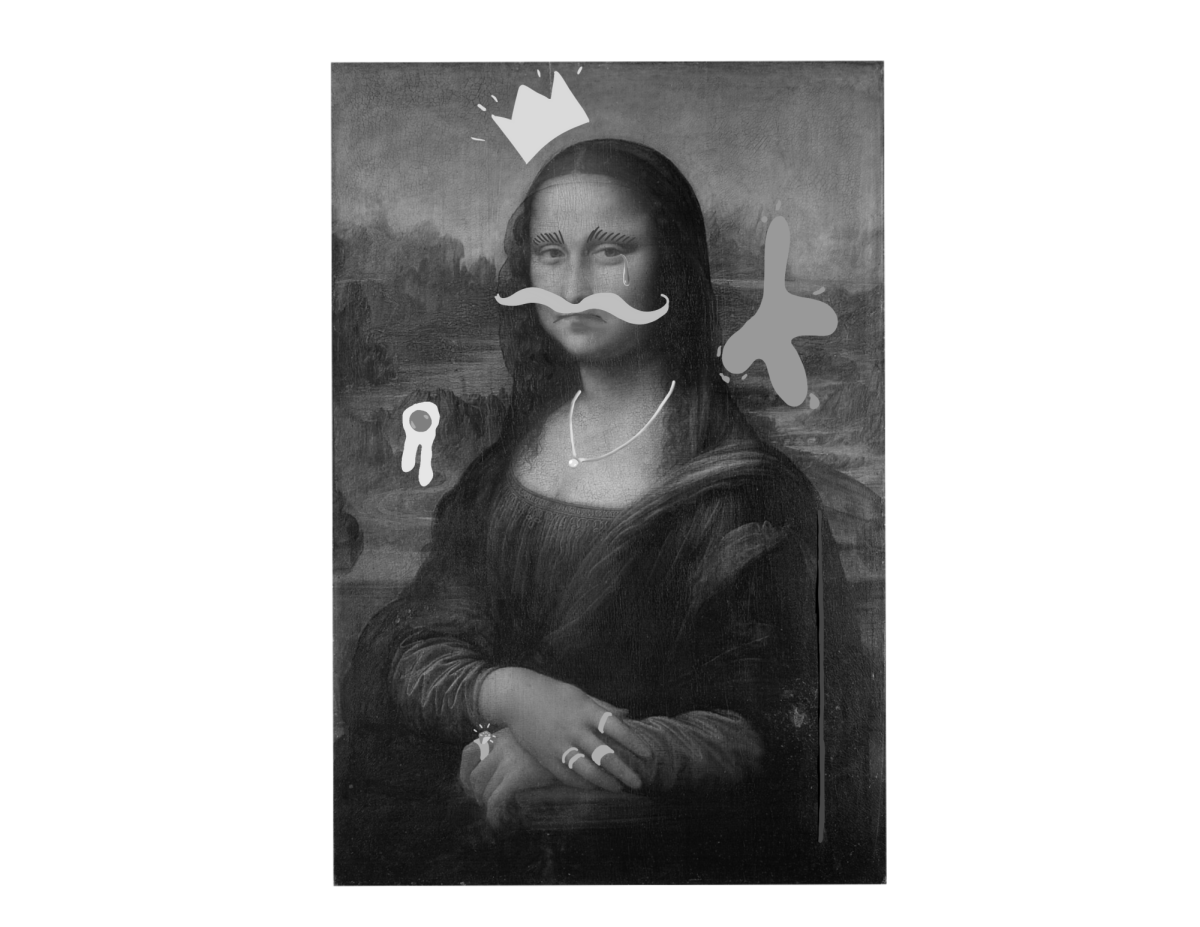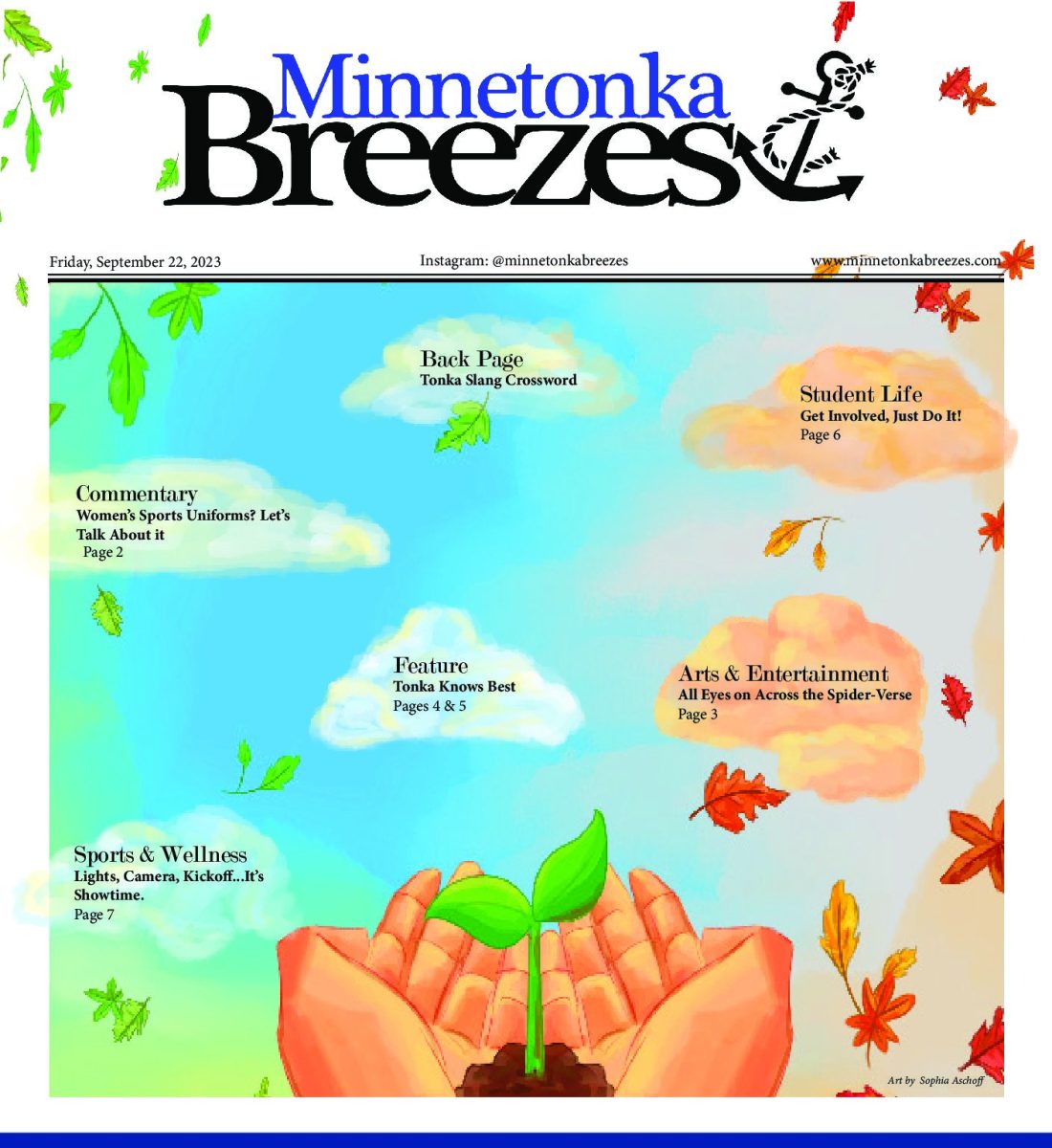In 2018 Sony Pictures Animation released Spider-man: Into the Spider-Verse, an animated film which was unlike any other from the time and set a precedent for high-quality, stylized animated movies that targeted older audiences as well as children. This June, after five years of anticipation, the sequel film Spider-man: Across the Spider-Verse released in theaters worldwide and set an even higher standard than before. Met with a 95% positive rating on Rotten Tomatoes and briefly being the highest rated movie in the world after its release, theaters were packed with moviegoers of all ages, there to take in the masterfully put together animation, story, and original scores.
What makes these two movies so special in the modern day, and why do they appeal to such a broad audience? Firstly, the animation style of Spider-Verse is completely original, making it immediately stand out against other animated movies released before 2018, which included Boss Baby, Despicable Me 3, and the Emoji Movie. Those three movies are all similar because they target exclusively young audiences and are designed with simplicity in mind. Spider-Verse opposes this trend, its style being inspired by the comic books it was based off of, with extreme colors and the usage of half-tones to convey shadows, creating a unique mix of nostalgia and novelty. The movie also plays around with frames, sometimes using 12 instead of the standard 24 frames to convey action.
Spider-Verse pioneered a rare quality where it feels like reading a comic book despite being a movie; this quality is the reason why so many comic book enjoyers embraced the movie as being one of the best superhero adaptations of the modern day. Since the release of the first Spider-Verse in 2018, the animation scene has indisputably changed with newer films such as the Mitchells vs the Machines, Puss in Boots: the Last Wish, and Teenage Mutant Ninja Turtles: Mutant Mayhem, all receiving critical acclaim because of their unique animation styles and quality writing.



































